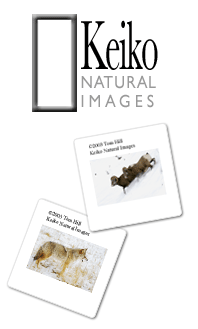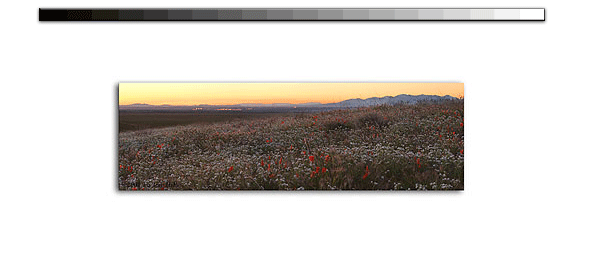|
Mono Lake is a special locale for photographers. The combination of Eastern Sierra Mtns, desert landscapes, saline waters, sculpted Tufa Towers, combined with a major political controversy makes this area especially enticing. Thousands decend on her more popular spots like South Tufa to try their hand at shooting the same formations from the same locations as thousands of their predessors. Sometimes there are rows and rows of photographers rushing among the tufa working their craft trying to avoid interferring with each other and still get their shot. It's kind of a dance except no one is really leading and certianly no one is following "Excuse me, am I in your way?" move the tripod a bit more, "how about now?" move the tripod a little bit more. "No?" great I've got this one shot as long has no one else gets in the way which lasts about 2.3 seconds or just prior to setting sun colors really becoming killer awesome.
Incredibly, most of these photographers shoot from the same perspective, usually with the same style of equipment, and probably with the same film. I am 100% sure if there was a film kiosk available that could develop your film on demand at the entrences of Mono's more popular spots, you'd see picture after picture with the same composition and exposure from dozens of different photographers. While none of this is exactly a crime, it sure doesn't display a lot of original thinking. If you've been around me for any length of time you'll know I'm a huge proponent of shooting your "own way". While trying to emulate the masters is admirable, once you get the basics down there's no benefit to recreating what's already been done. It doesn't help you for expanding your vision beyond what you already know, nor does it help the rest of us by never "raising the bar". When a new image is made that captures a commonly photographed subject like it's never been before, we all benefit. It forges a new possibility. A breakthrough happens the rest of us can follow through. I kind of think of it like those special ops teams that kick the door down so all the other guys can follow through. Shooting like no one else not only benefits you but it helps the rest of us. I'll even assert it's the single most important quality that keeps our trade vital.
This particular night I was surrounded by dozens of other photographers. Some where shooting from different perspectives but none placed their cameras almost to the ground or performed yoga moves to view through their camera's viewfinder like I was. I think I was the only guy using my polarizer. There were a couple warming filters and other traditional sunset tools but no one else was using a polarizer. I threw on the polarizer to contrast the Blue/Yellow polarizer I normally used. I wanted to get the antithesis of too much color--lack of it. In this case, I turned the filter to remove as much of the contrast and color I could. I wasn't hoping for dark skies or diminishied reflections as you normally would with a polarizer. I just wanted to make the image a total contrast to my usually overly colorful images. The composition was carefully designed to balance the island with the old, dead sage bush in the foreground. That was it for my considerations out in the field. Once I got back home, I played with the file's white balance to remove some of the blue and add a tiny bit of warmth to the entire scene. I didn't want too much because I remembered what I wanted in the first place--the antithesis of my overly colorful images. So, that was it for the image.
Hopefully, I've clarified some of my thought processes and a couple of these pointers might be useful the next time you're shooting shoulder to shoulder with other photographers at a popular site. Just remember this quick and easy way to figure out if you're being original or not. If the photographers around you are doing exactly the same thing you are, I doubt you're blazing your own trail.
For your consideration.
Tom
|
|
|




